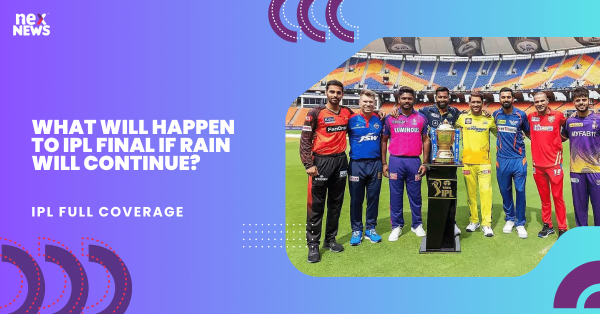Duckworth-Lewis Method: In case of rain interruptions, the Duckworth-Lewis method is often employed to calculate revised targets for teams batting second. We will explore how this method works and its implications on the final result.
The Duckworth-Lewis method is a widely adopted system used in cricket to recalculate revised targets for teams batting second in case of rain interruptions. This method takes into account the number of overs lost due to the interruption and calculates a new target for the team, based on the resources they have in hand at that point. It ensures that both teams have a fair chance to compete, accounting for the time lost due to rain.
The implications of the Duckworth-Lewis method on the final result can be significant. The revised targets can change the dynamics of the game, forcing teams to adopt different strategies to chase down or defend the modified total. It becomes a race against time for the batting team, as they need to score runs quickly while managing wickets effectively. On the other hand, the bowling team aims to create pressure and take wickets more frequently to prevent the batting team from achieving the revised target. Thus, rain interruptions and the subsequent application of the Duckworth-Lewis method can completely alter the outcome of a game, adding an extra challenge for both teams to overcome.
Reduced-Overs Match: If rain persists for an extended period, officials may decide to reduce the number of overs for each team. This decision can significantly impact the strategies and overall outcome of the game.
Rain interruptions in cricket matches can often lead to officials making the difficult decision to shorten the number of overs for each team. When rain persists for an extended period, the reduced-overs match comes into play. This decision can have a significant impact on the strategies employed by both teams, as well as the final outcome of the game. With fewer overs to bat or bowl, teams must carefully assess their approach, taking into account the revised target and the need for quick runs or wickets. The reduced number of overs adds an element of urgency and pressure, forcing teams to adapt their plans and make calculated decisions in a shorter timeframe. The outcome of such matches can be unpredictable, with the team that manages to seize the opportunity and make the most of limited resources likely to emerge victorious. It is in these rain-affected encounters that the true test of a team's adaptability and resilience is evident, as they strive to overcome the challenges posed by the reduced-overs format.
Reserve Day: The IPL final usually does not have a reserve
IPL finals are always highly anticipated, with fans eagerly awaiting the clash of the best teams in the tournament. However, unlike other matches, the IPL final usually does not have a reserve day. This means that in case of rain or any other weather interruption, teams do not have the luxury of an extra day to make up for the lost time. This decision has often sparked debates and discussions among fans and experts alike.
The absence of a reserve day in the IPL final puts even more importance on each minute of play. Both teams have to be extremely mindful of the weather conditions and adjust their strategies accordingly. A rain interruption can significantly impact the momentum of the game and put teams in a challenging position. The decision to not have a reserve day reflects the desire to maintain the integrity of the tournament and avoid prolonging the competition unnecessarily. However, it also adds an extra layer of uncertainty and excitement to the already high-stakes IPL final.
